Preparing the Youth for the Future
A comprehensive curriculum designed to prepare youth for high-demand careers in the digital economy
Bridging the Skills Gap
The Global Jobs Gap
Key metrics and impact data
AI isn’t killing work—it’s exposing a matching problem
The core issue is misalignment: talent exists, but systems fail to verify skills at scale and route people to the right roles. Degrees and geography are weak proxies in an AI economy that rewards measured capability.
Key Insights:
Work is being redefined: demand shifts toward AI-era roles, not away from human contribution.
Traditional markers (résumés, location) underperform compared to verified skill profiles.
Solving ‘who can do what’ at scale is the unlock for inclusive employment.
The key to bridging this gap is preparing youth with the skills and jobs of tomorrow, not the tools of yesterday. Every generation faces the Toys vs. Tots choice: stick with yesterday's tools or embrace tomorrow's. At times, this decision feels incremental — but history shows us that innovation often comes in epochs, not steps.

Horse carriages gave way to cars. Mainframes gave way to the internet. Each shift redrew the future of work. Today, we stand at the same inflection point with artificial intelligence — a revolution reshaping every sector.
That's why our approach focuses on equipping young people with tomorrow's tools now. To do this, we structure learning around the Three Pillars that accelerate readiness for an AI-first economy.
Three Pillars of Learning
How do we build the technical foundation for AI-driven careers?
Master the core technical skills that power modern AI applications. From programming fundamentals to machine learning frameworks, we provide hands-on experience with the tools and technologies that industry leaders use every day.
Where can AI create the most impact in your industry?
Explore real-world applications across healthcare, finance, retail, and manufacturing. Learn to identify opportunities, assess feasibility, and implement AI solutions that drive measurable business outcomes.
How do we thrive alongside artificial intelligence?
Develop the uniquely human skills that complement AI: creative problem-solving, ethical reasoning, emotional intelligence, and strategic thinking. Learn to lead teams, communicate complex ideas, and navigate the human side of technological change.
Bridging this gap means rethinking how talent is prepared for the future of work. Traditional 3–4 year degree pathways are too slow and too misaligned with employer needs. Instead, we focus on accelerated learning — training and coaching youth to be job-ready in six months or less.
The Three Pillars of Learning provide the foundation — skills, confidence, and pathways. But the real engine is Intellibus' 9-Step Learning Framework™, a proven method that turns potential into job-ready capability at scale.
Our "9 Step Learning Framework"™
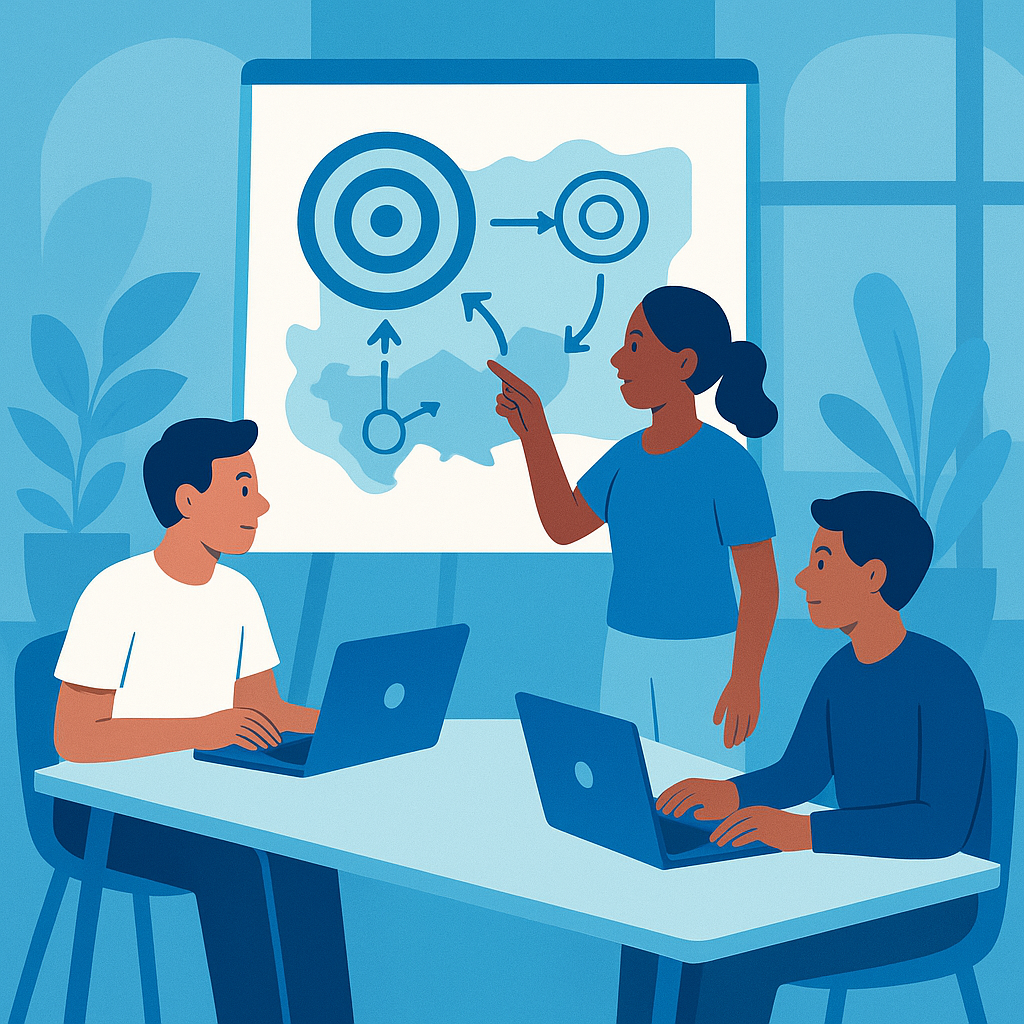
Step 1: Purpose
Explains the origin, intent, and overall role of the subject, including the problem it addresses and how it fits into the broader landscape or ecosystem.
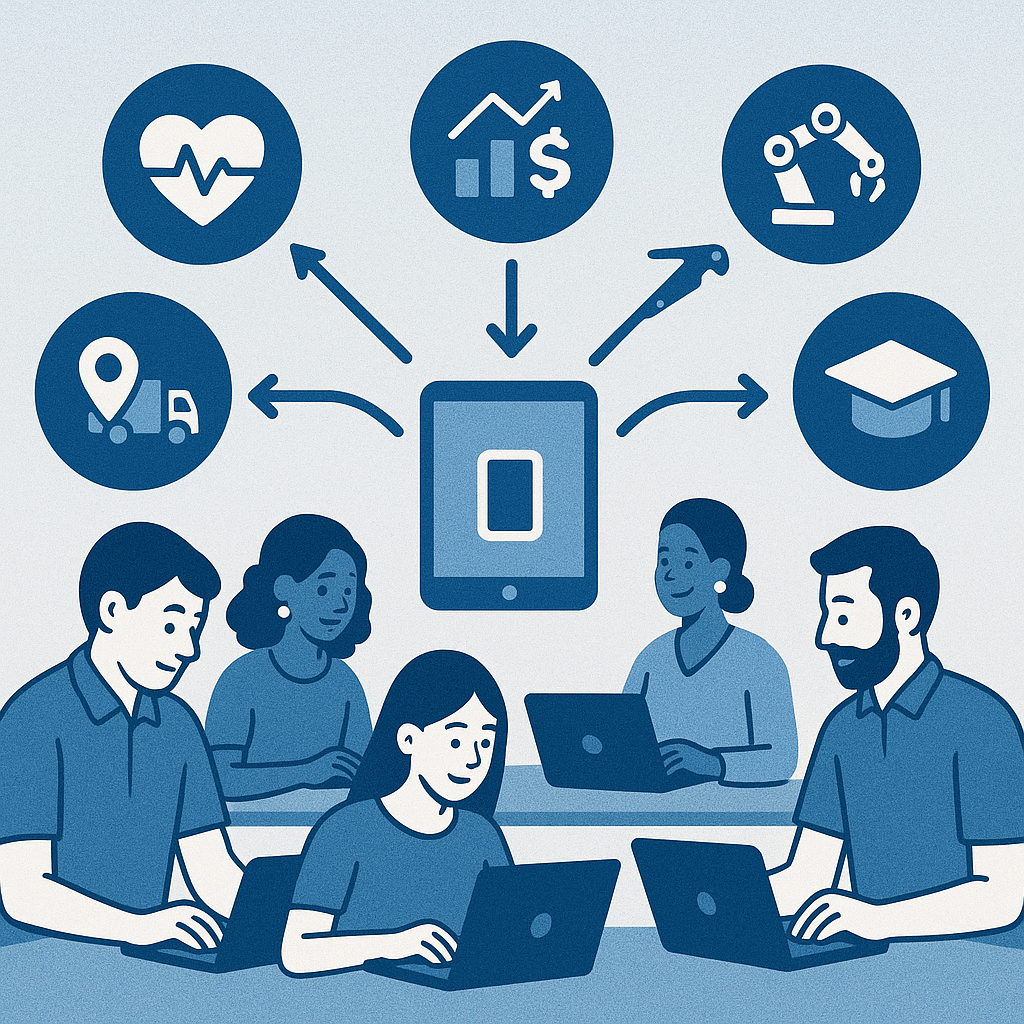
Step 2: Use
Describes the most common, practical applications of the subject, outlining the environments, industries, or scenarios where it provides value.
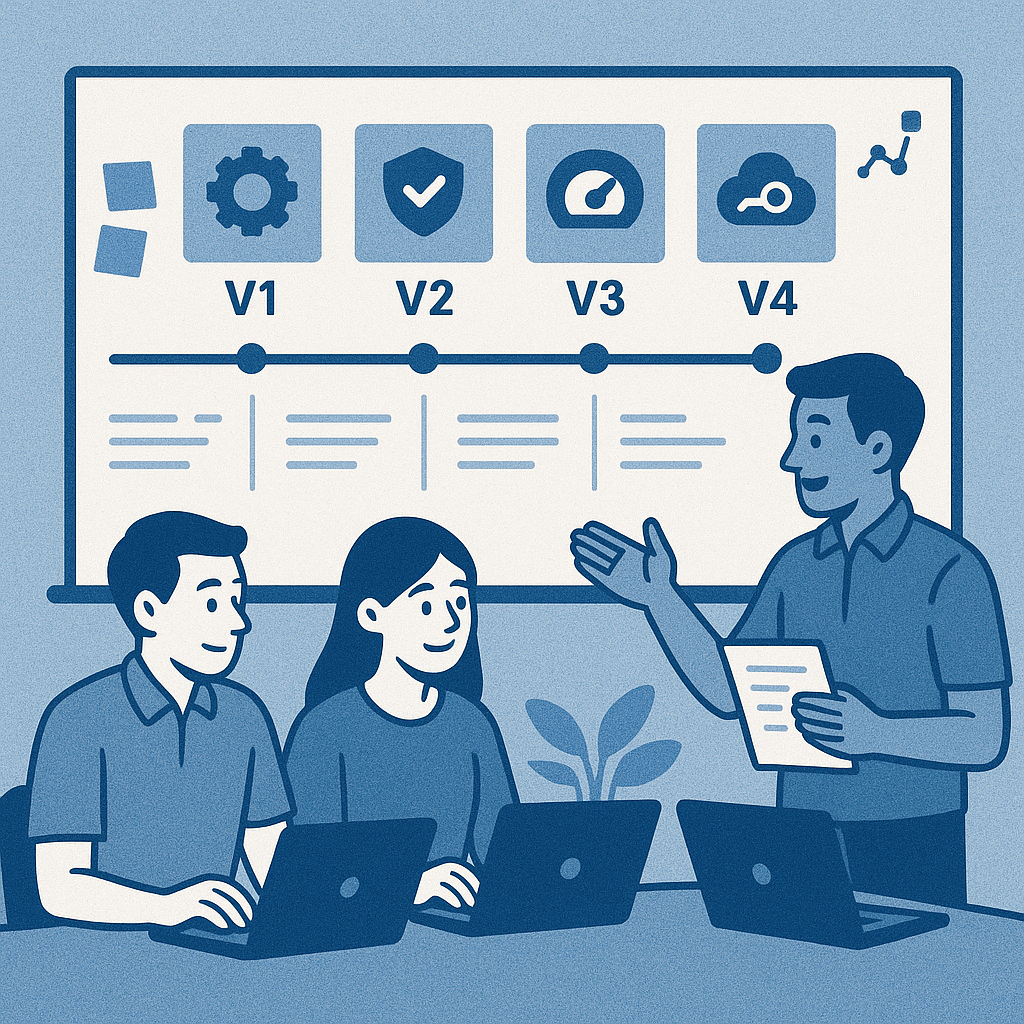
Step 3: Versions
Summarizes important milestones or variations over time, highlighting notable releases, changes, or evolutions that have shaped its current form.
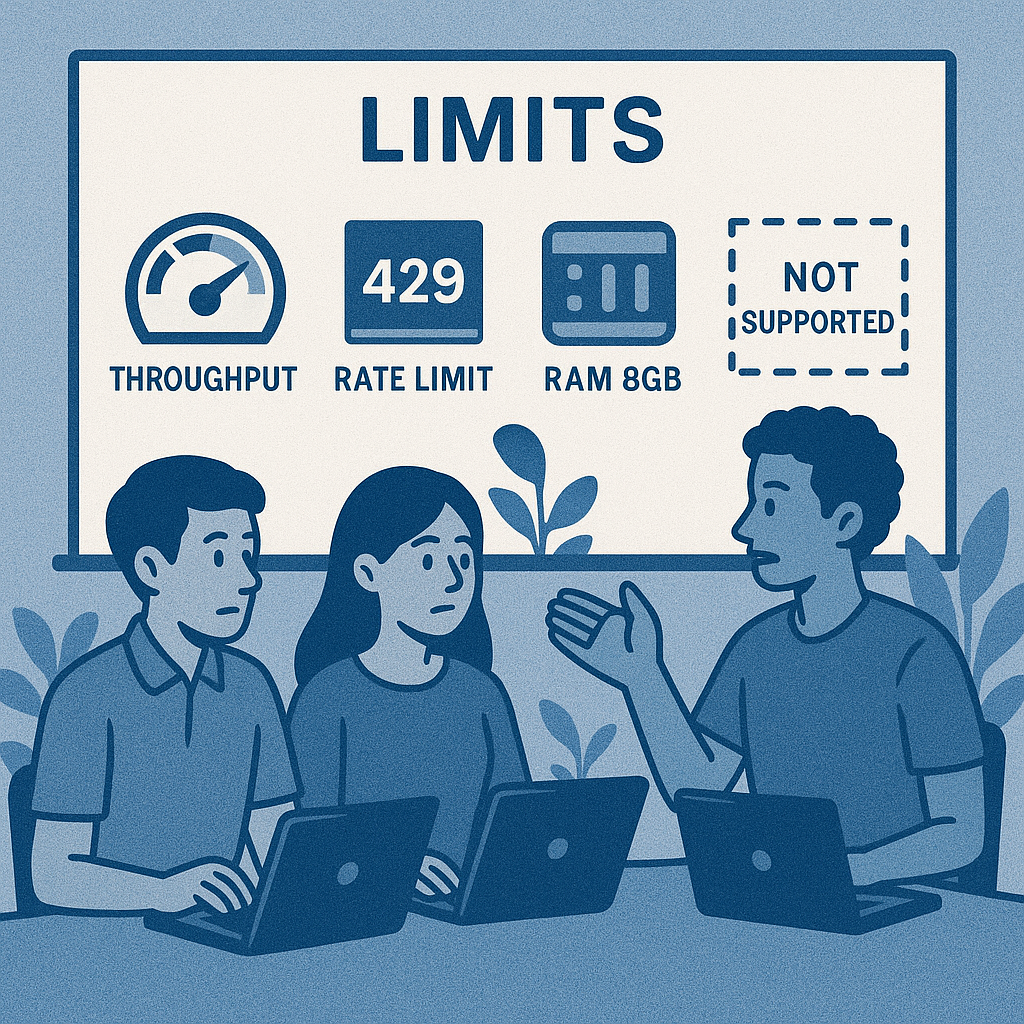
Step 4: Limits
Defines the inherent constraints, challenges, and boundaries of the subject, including where it performs poorly or is less suitable.
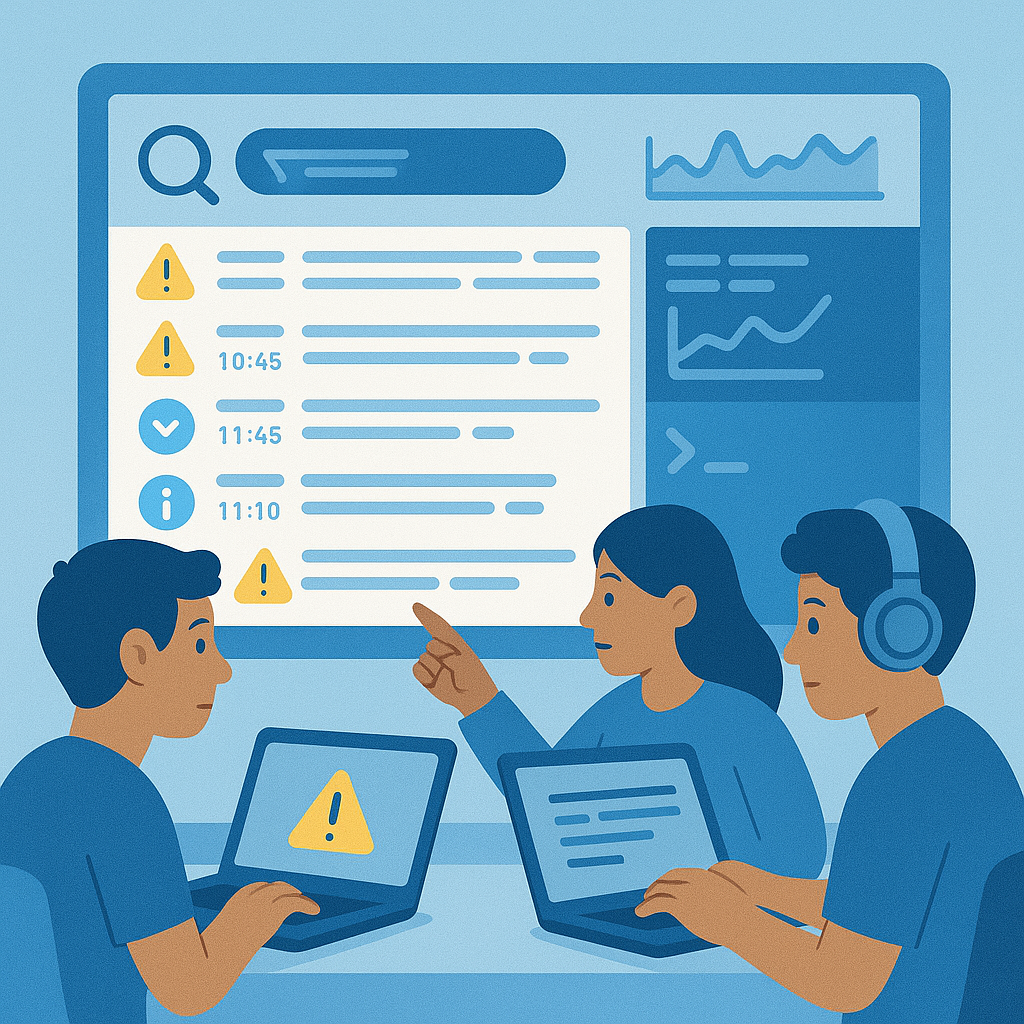
Step 5: Logs
Details the methods or tools available for monitoring, tracking, or diagnosing issues, and explains how to interpret relevant outputs or feedback.
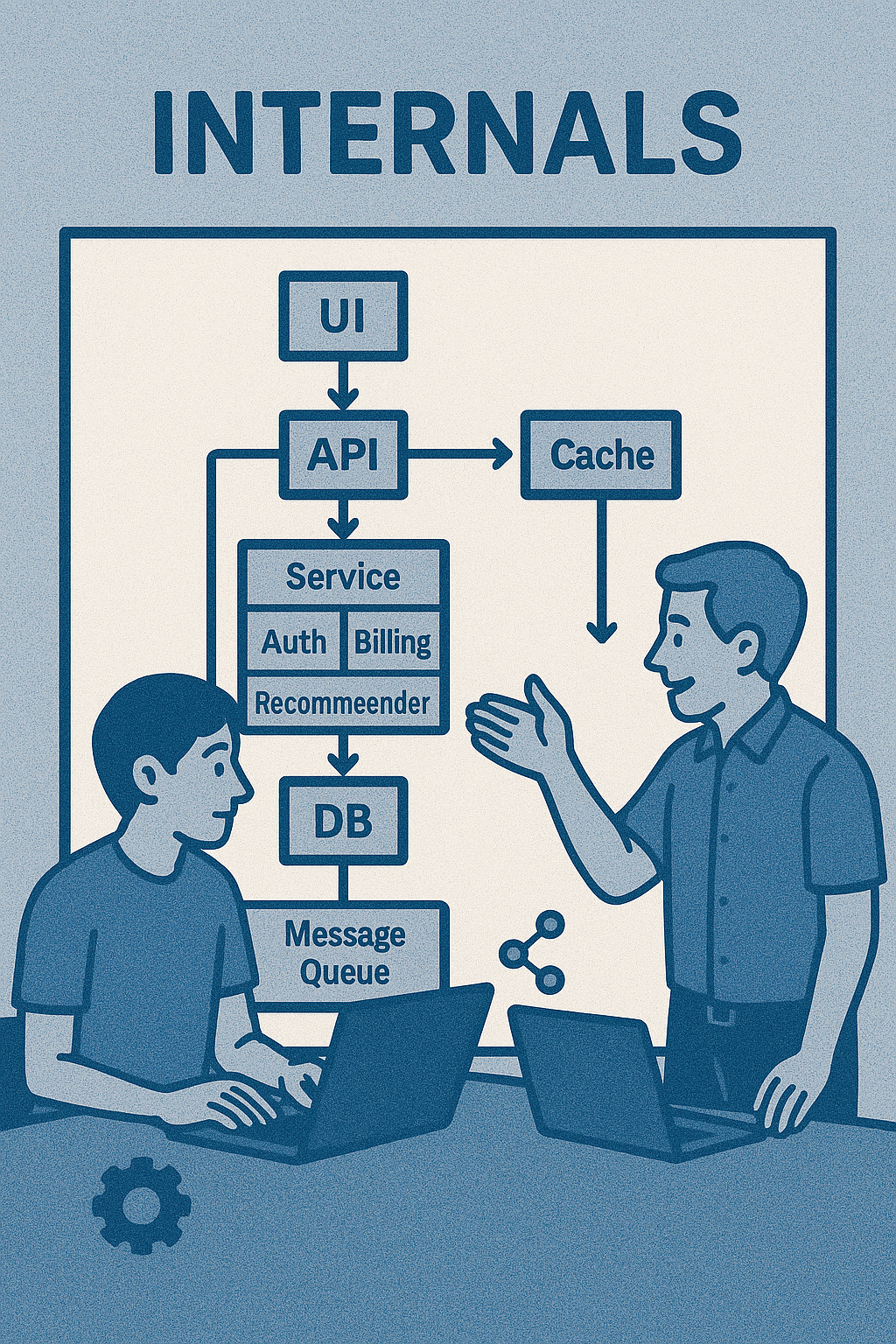
Step 6: Internals
Breaks down the inner workings, structure, or architecture, providing a mental model for understanding its operation at a deeper level.
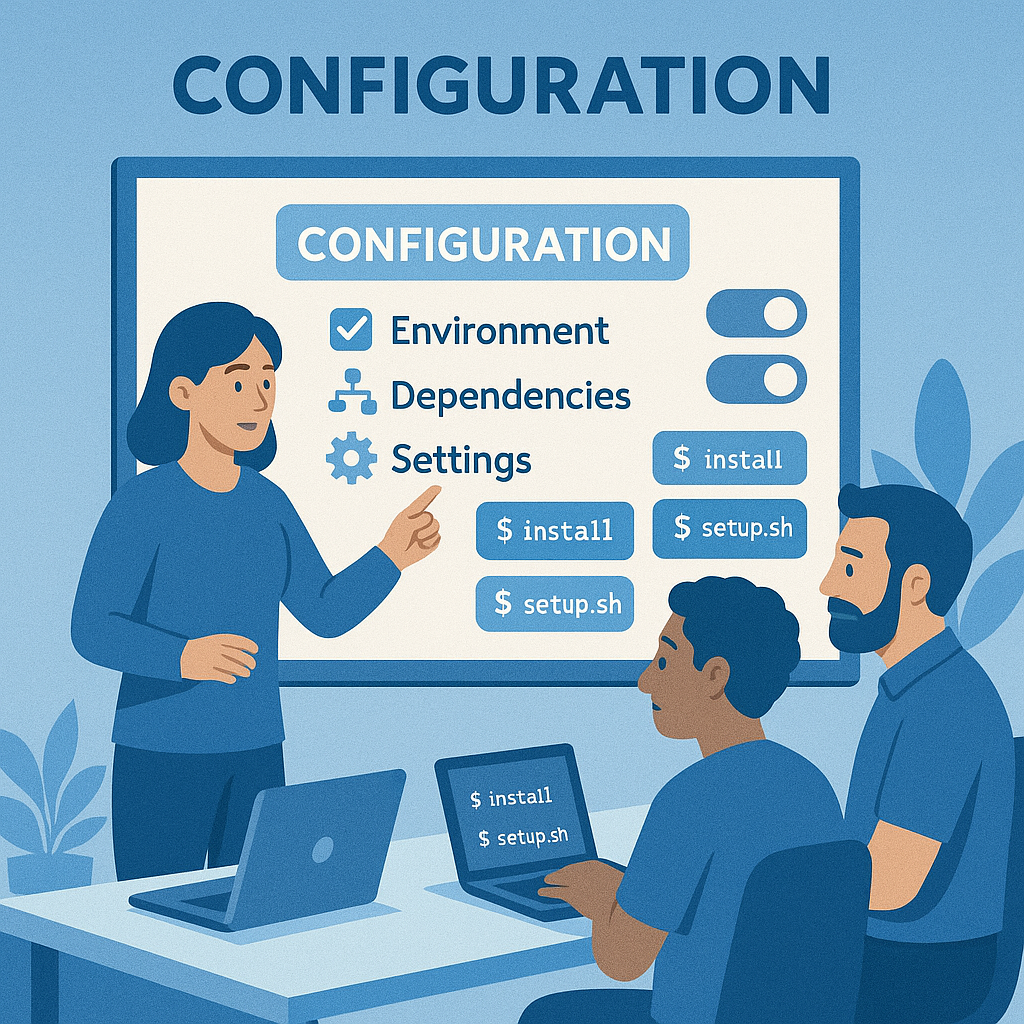
Step 7: Configuration
Covers the setup and preparation required before use, including environment requirements, dependencies, and recommended configurations.
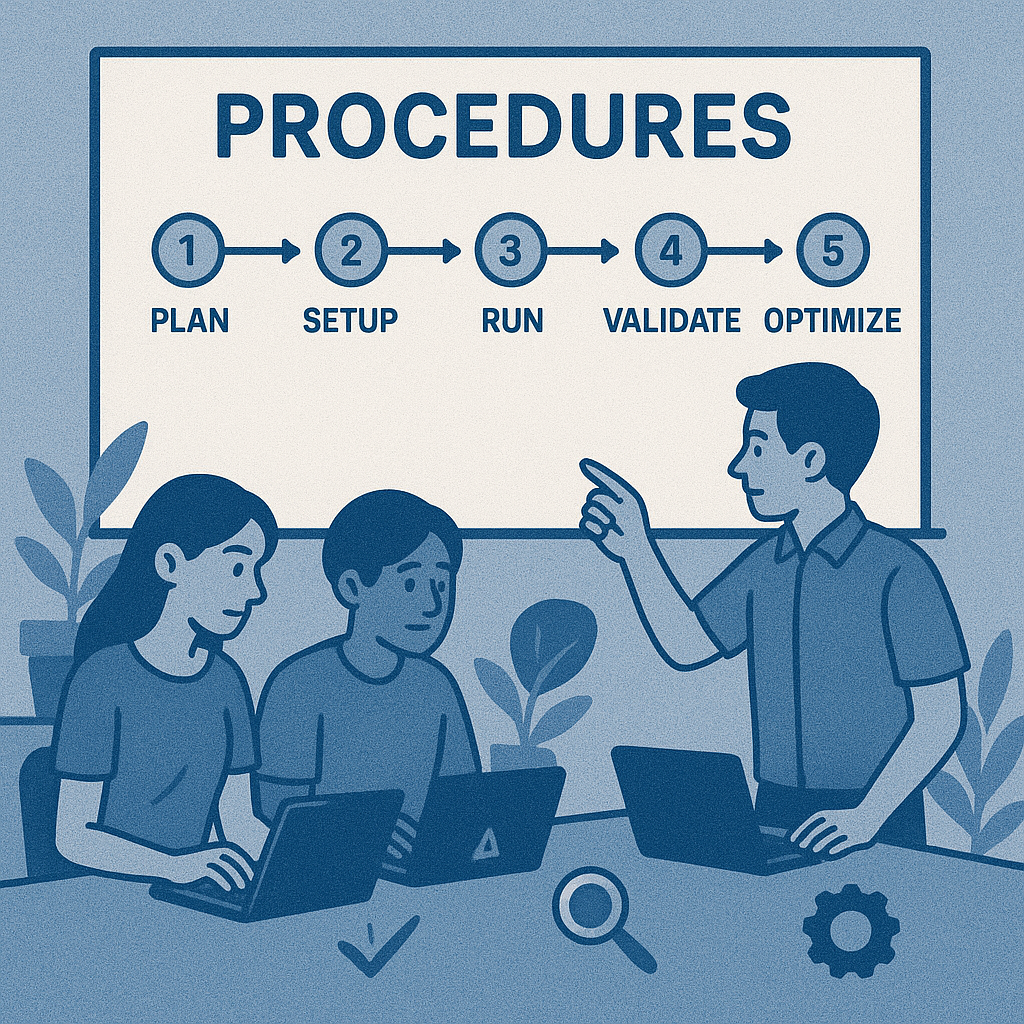
Step 8: Procedures
Outlines the step-by-step processes for accomplishing core tasks, from initial execution through to validation, troubleshooting, and optimization.
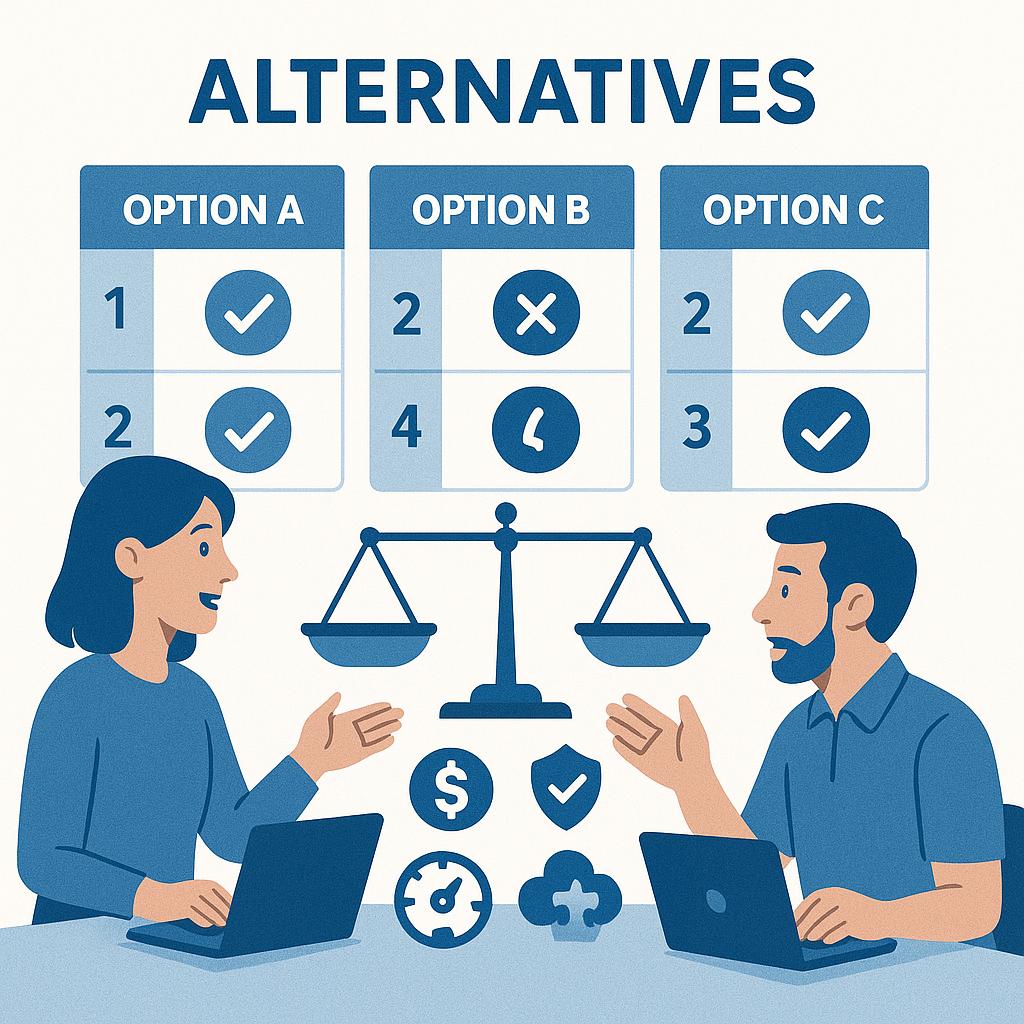
Step 9: Alternatives
Compares other options that can achieve similar goals, noting the strengths, weaknesses, and trade-offs relative to the subject.
The 9 Steps framework requires closely tracking the progress. To make accelerated learning truly effective, measurement must be built into the process—not just at the end, but continuously and intentionally. The GQ (Genius Quotient) framework provides real-time feedback on each learner's progress, strengths, and growth areas. This allows us to strike the right balance between frequent assessment and cognitive absorption windows—a principle known in education science as "spaced learning".
In less than 6 months, GQ data allows us to quantify learning gains, personalize coaching, and ensure that every student is actually job-ready—backed by evidence, not assumptions.
GQ Progress Dashboard
Loading dashboard data...
Progress is just the beginning — the real proof is in the outcomes. From skill gains to job placements, what starts in the cohort grows into tangible success.
Now, we move from learning metrics to real-world results — income uplift, placement rates, and timelines that redefine what's possible.
Proven Results

Be the Catalyst for 500 Million Jobs
Join us as a coach or sponsor to unlock human potential